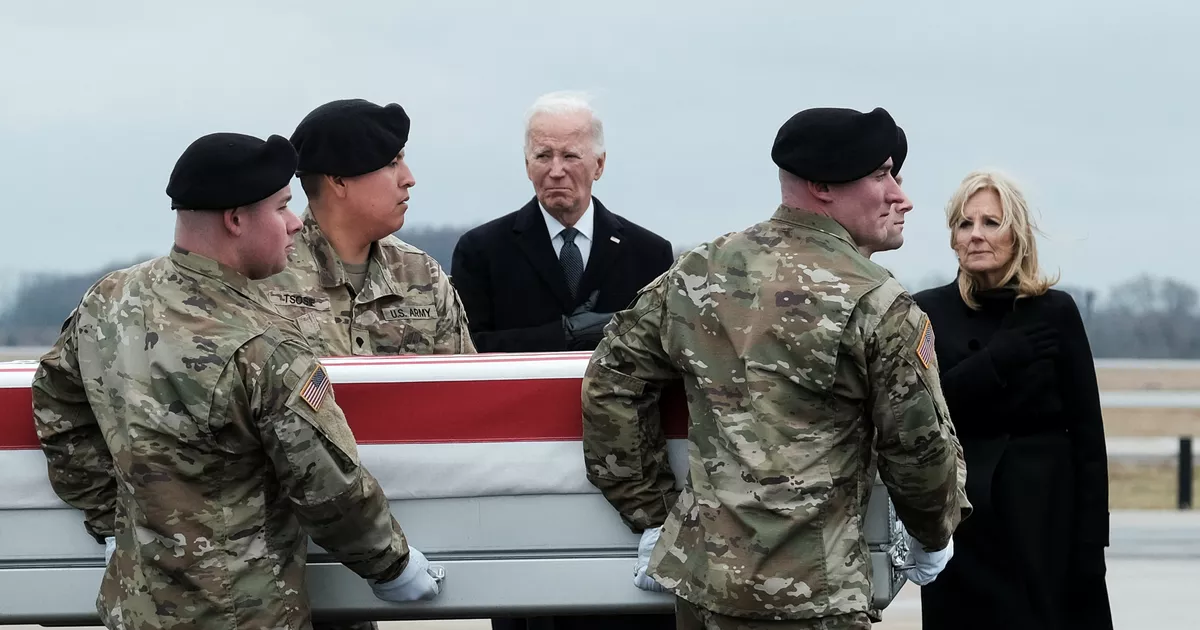This response comes after the death of three American soldiers in Jordan. The intervention lasted for approximately thirty minutes and was described as a “success.” The U.S. military targeted the Islamic Revolutionary Guard Corps, the ideological army of the Iranian regime, its elite unit, the Qods Force, and pro-Iranian armed groups.
In Iraq, the government reported “16 deaths, including civilians.” Baghdad condemned it as a “violation of Iraqi sovereignty,” while the United States claimed to have “warned the Iraqi government before the strikes.” The U.S. military presence in “certain parts” of Syrian territory “cannot continue,” said the Syrian army, expressing its “determination to liberate the entire Syrian territory from terrorism and occupation.”
Joe Biden did not order strikes on Iran as some Republican opponents demanded. The Democratic leader also did not target Iranian officials, as his predecessor Donald Trump did in January 2020 when he ordered the killing of Qassem Soleimani, the former architect of Iranian military operations in the Middle East, in a strike in Baghdad. The U.S. President stated on Friday that “the United States did not want conflict in the Middle East or anywhere else in the world,” and the White House reiterated after the strikes that they did not want a “war” with Iran, with whom they have had no diplomatic relations since 1980.
Joe Biden, campaigning for a second term, had pledged to respond to the death of three American soldiers killed by a drone strike in Jordan near the Syrian border on Sunday, where 350 soldiers are stationed as part of the fight against the Islamic State. Their bodies were repatriated on Friday. U.S. forces in Iraq and Syria have faced at least 165 drone attacks or rocket fire since mid-October, according to an official, but Sunday marked the first time that American soldiers lost their lives.
Through their diplomacy and military presence in the region, the U.S. has been trying for almost four months to prevent the conflict between Israel and the Palestinian Islamist movement from spreading to Lebanon and escalating into a conflict between Israel and the Hezbollah, backed by Iran. Naval and aerial drones, missiles… Joe Biden warned that the “response” of the United States had “begun today” and that “it will continue according to the schedule and in the places” that Washington “decides.” “We do not want to see any more attacks against American positions or military personnel in the region,” warned the White House National Security Council.
Many experts in Washington believe that Iran will not risk a direct conflict with the world’s leading power, but that it has strengthened its position since the war in Gaza and its support for Hamas by gaining more support in the Arab world.
